
This guide will show you how to build and program a logic chip solar tracker using olny four chips.
Gather Your Materials
You will need the following materials to complete this build
- 1 Solar Sensor
- 2 Input/Output Logic Chips
- 1 Processer Logic Chip
- 1 Memory Logic Chip
as many solar panels as you want.
Setting Up The Solar Panels
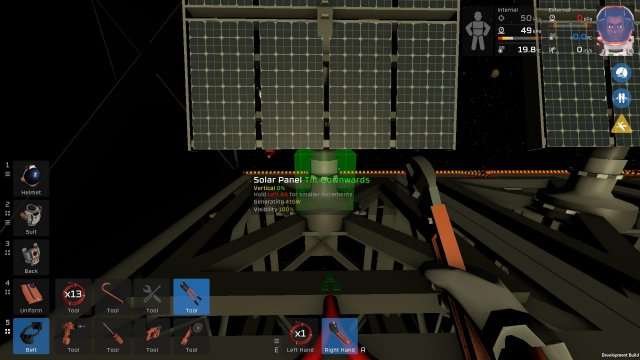
Set up your panels with the power connections and data ports on different sides. Once you’ve placed the panels, use your wrench to adjust them to 0% vertical tilt. Then use your wrench at the bottom of the panels to rotate them so they face toward the sunrise direction.
Set Up The Logic Chips
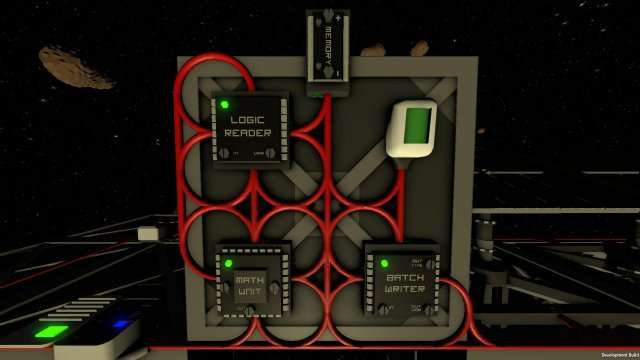
When building the solar sensor be shure it is facing the sunrise, if it is not it will read the solar angle wrong and the tracker will not work right.
Build the first input/output chip as a reader which will take the solar angle from the sensor and send it to the math unit.
Build the processor chip as a math unit, it will divide the solar angle and send the result to the batch writer.
Build the other input/output chip as a batch writer, it will act as a group controller and change the vertical angle of all your solar panels at the same time.
The memory chip will contain the number the math unit will use to calculate the vertical angle the panels should be at based on the current solar angle.
Program the Logic Chips
Logic Reader
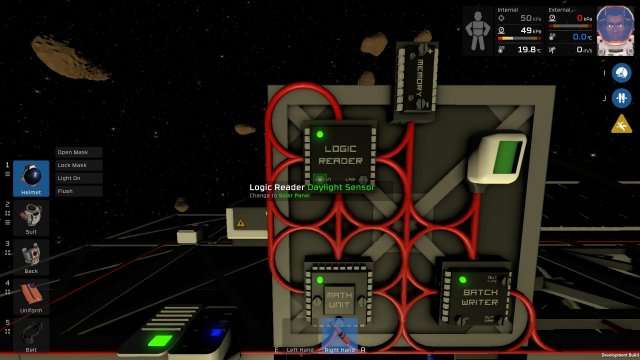
Set the input to Daylight Sensor.
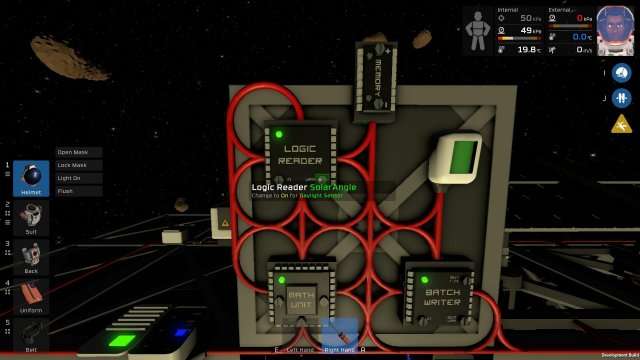
Set the variable to Solar Angle.
Memory Unit
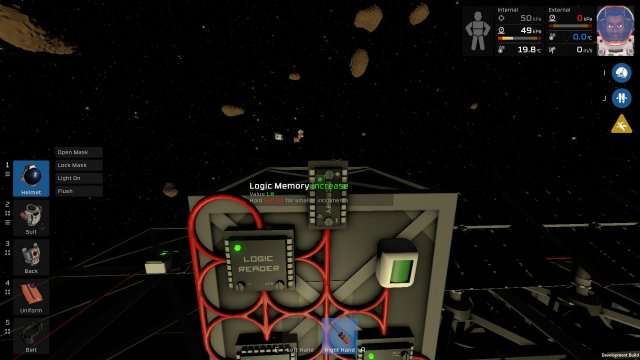
Using the small screw on the memory chip set it to 1.8, you must use Left Alt to change the number in tenths. The reason we use 1.8 is there are 180 degrees of sunlight but only 100 positions the panles can be in. If you divde 180 positions of the sun by the 100 positions of the panels you get a divisor of 1.8
So if the sun is at 90 degrees the math unit divides by 1.8 giving the panel an angle of 50.
Math Unit
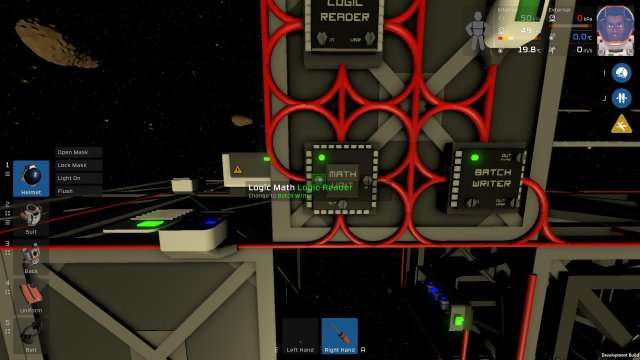
Set input 1 to logic reader.
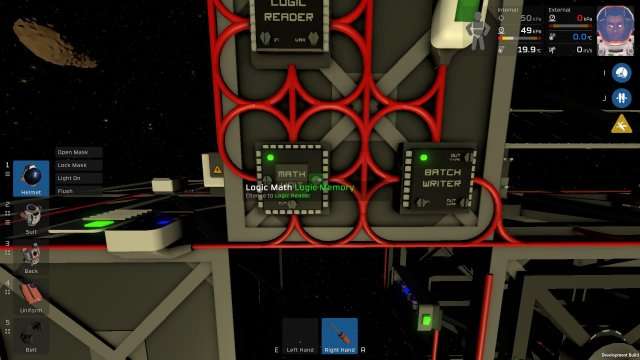
Set input 2 to logic memory.
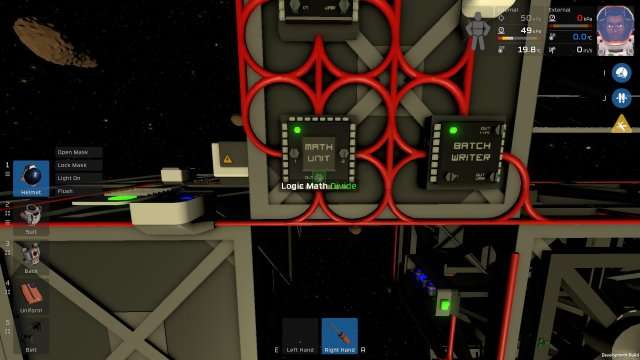
Set the output to divide.
Batch Writer
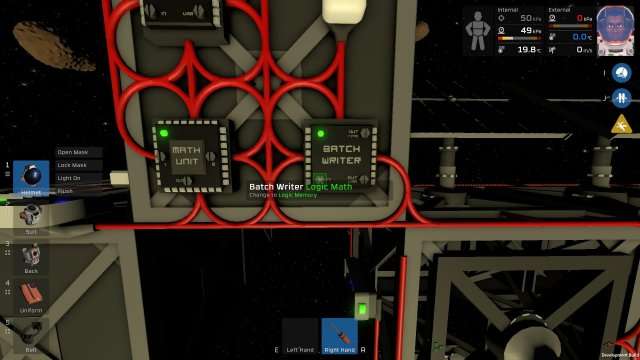
Set the input to logic math.
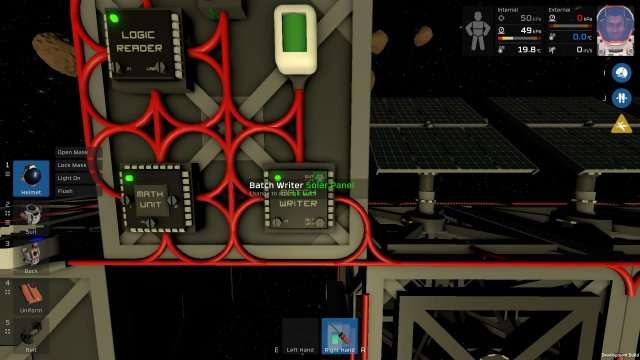
Set the output type to solar panel.

Set the output variable to vertical
All Done
Your solar panels will now automatically follow the sun throughout the day. After sunset, the panels will reverse direction and track the sun’s path during the night, returning to the starting position (0) at sunrise. This feature is helpful because it allows you to see how much time remains before daylight. Additionally, you can expand your system by adding more panels without needing to modify the control logic.



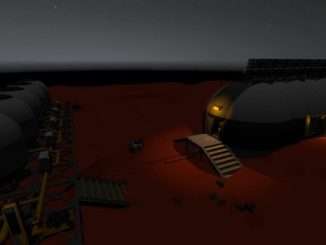

Be the first to comment